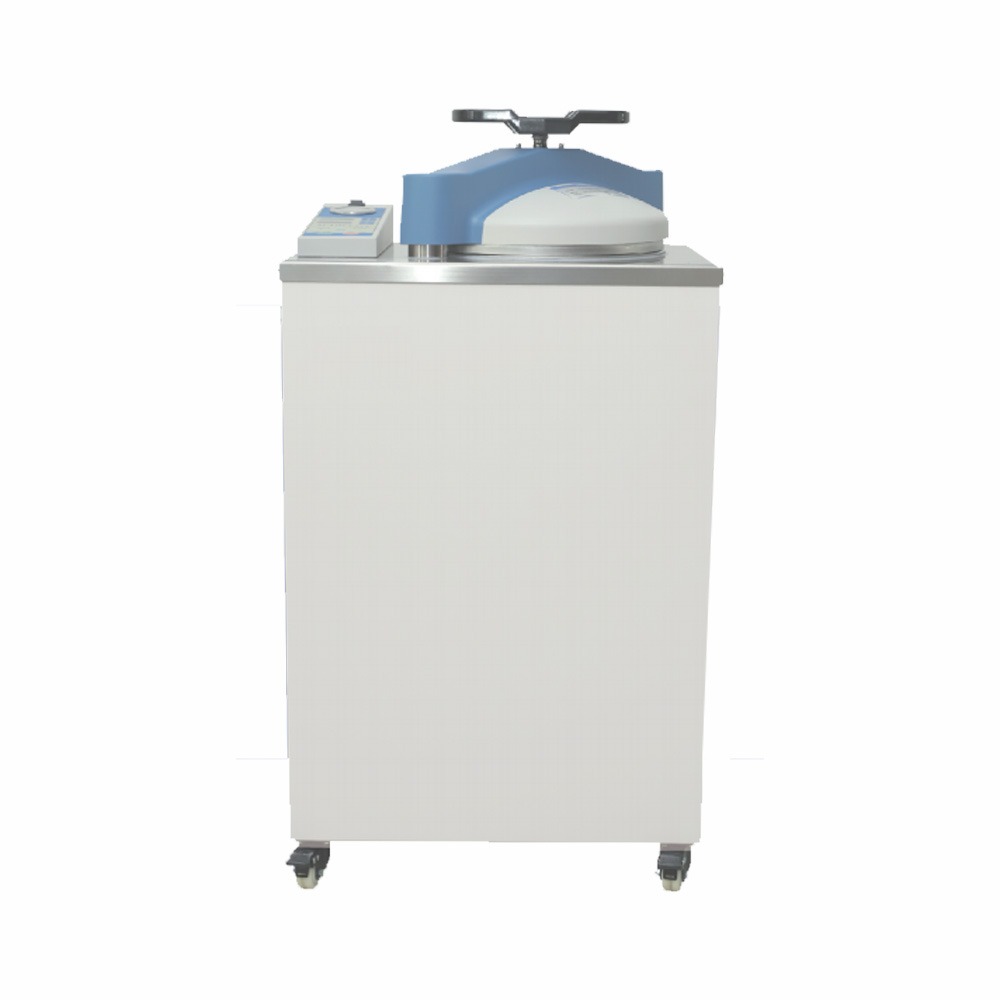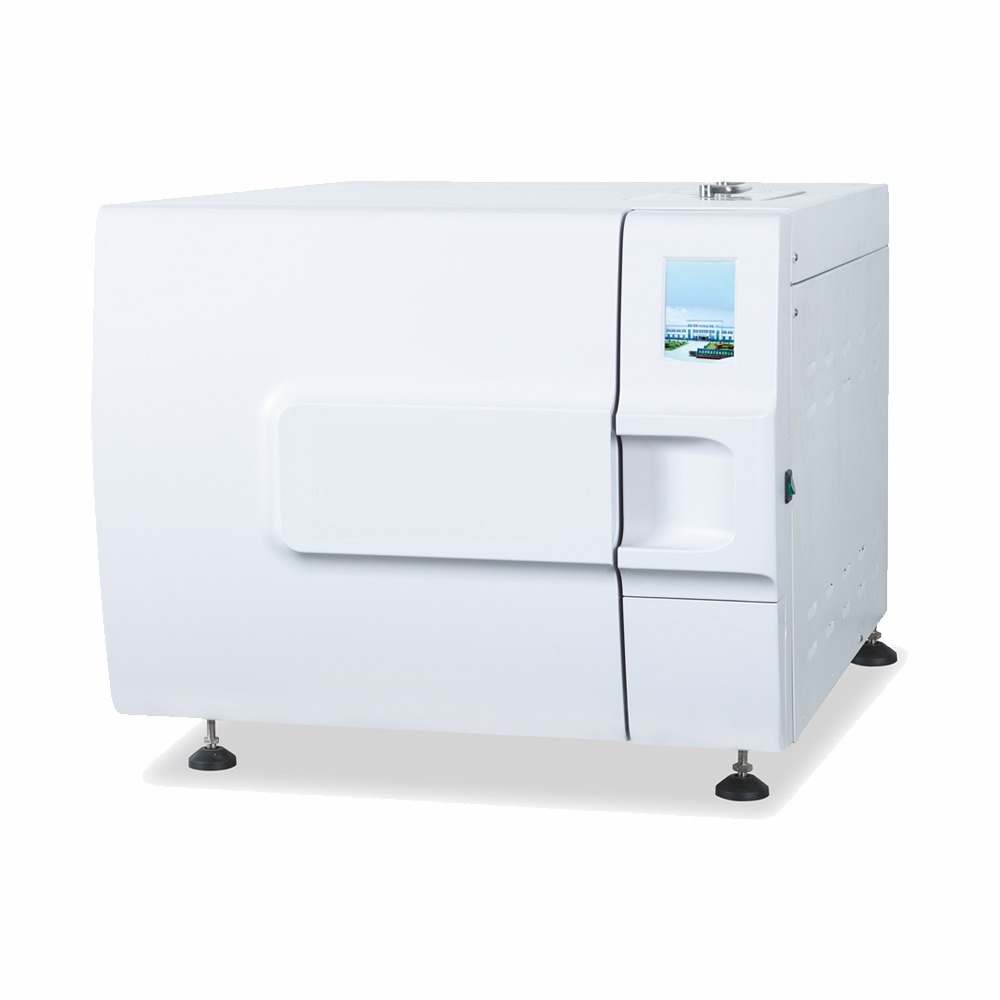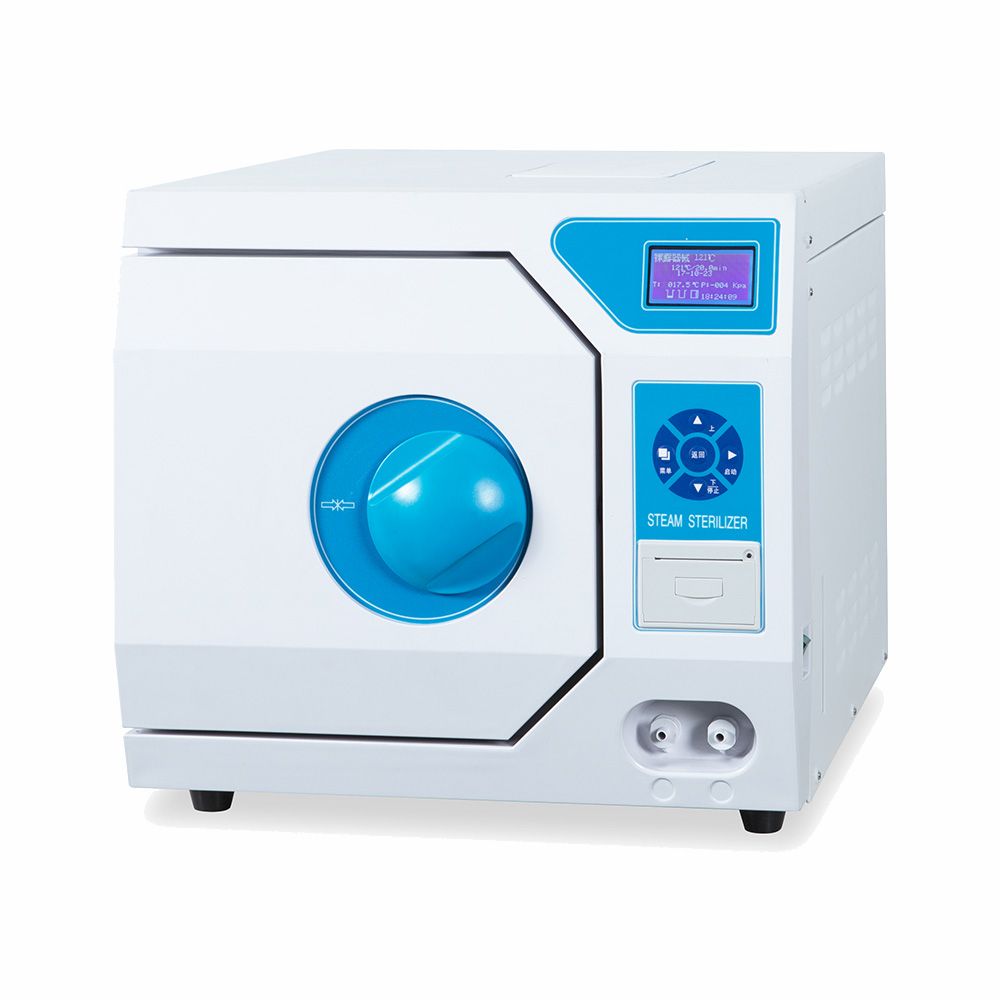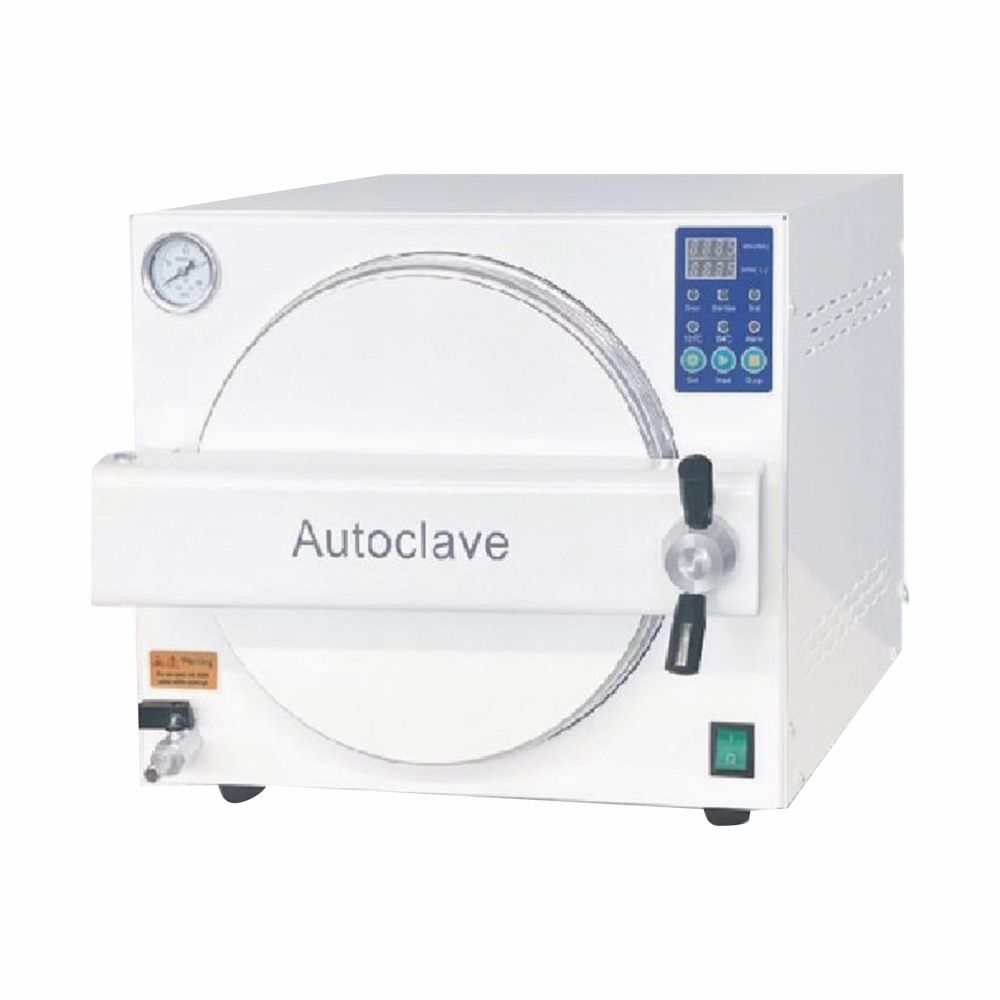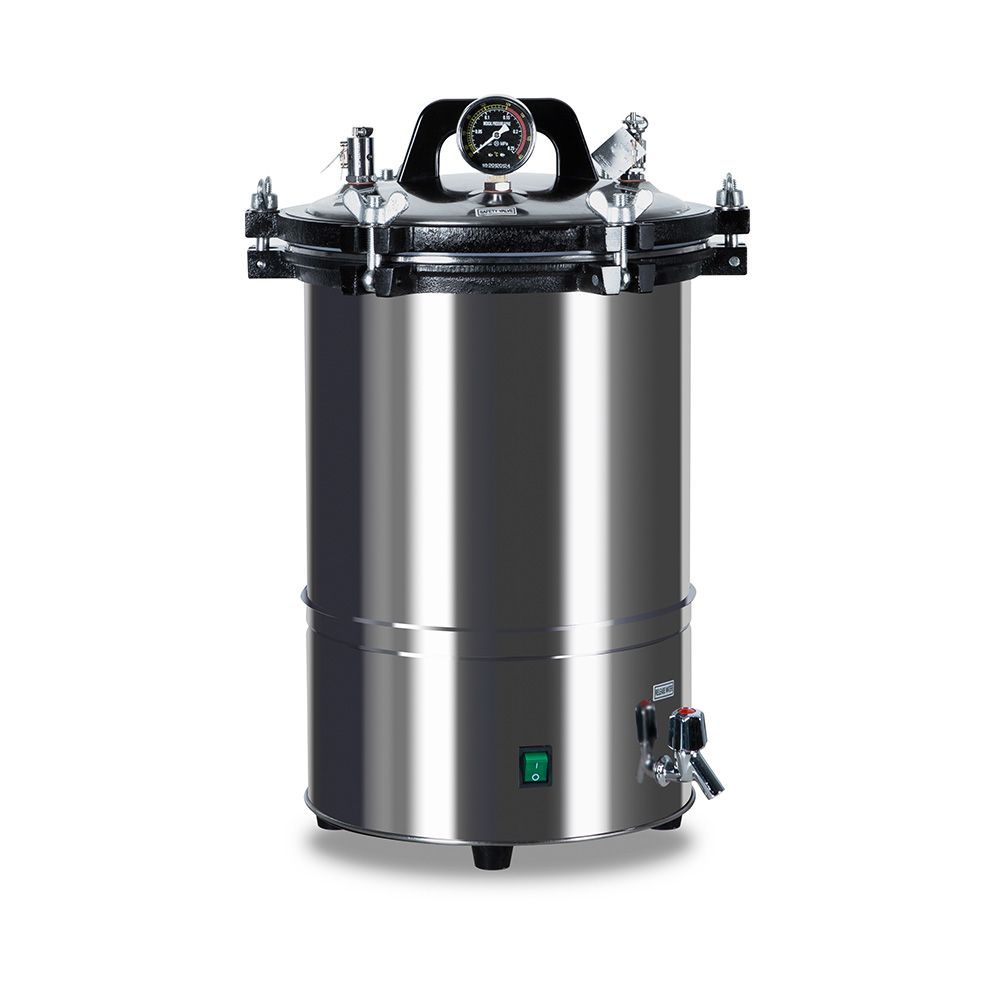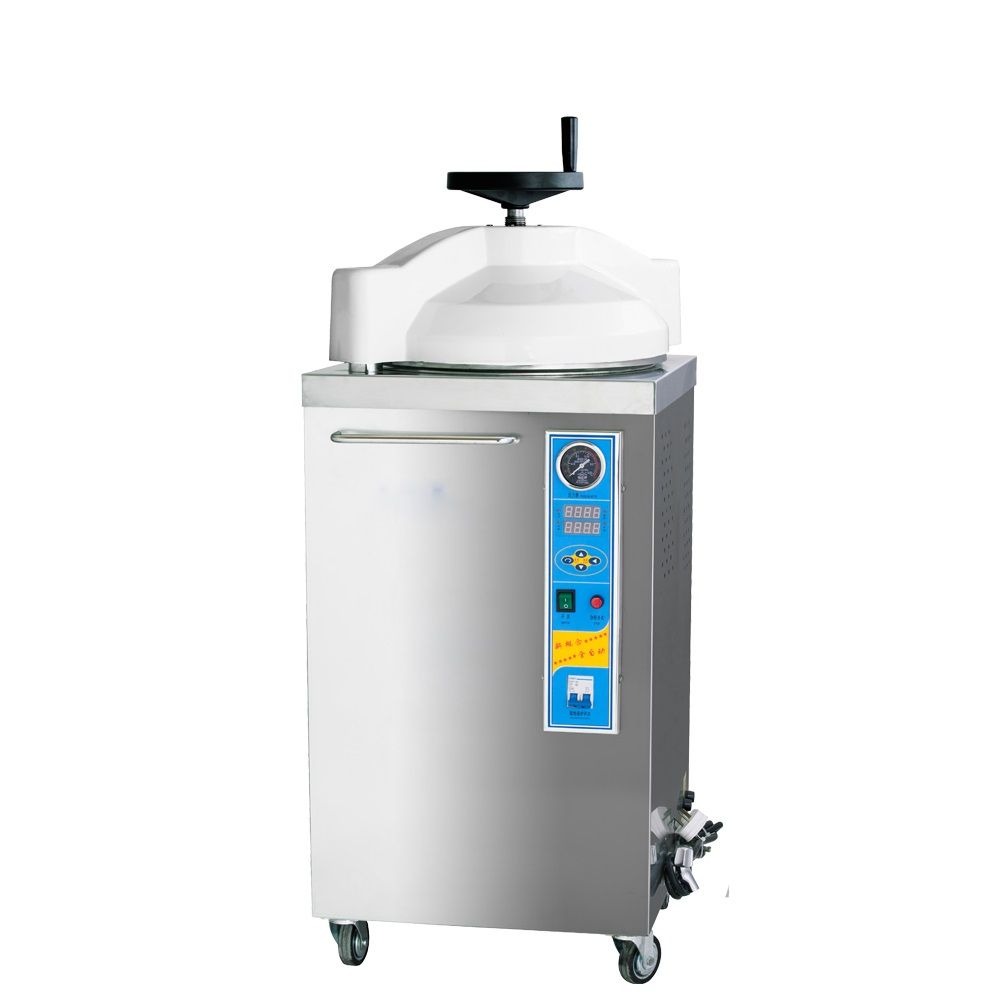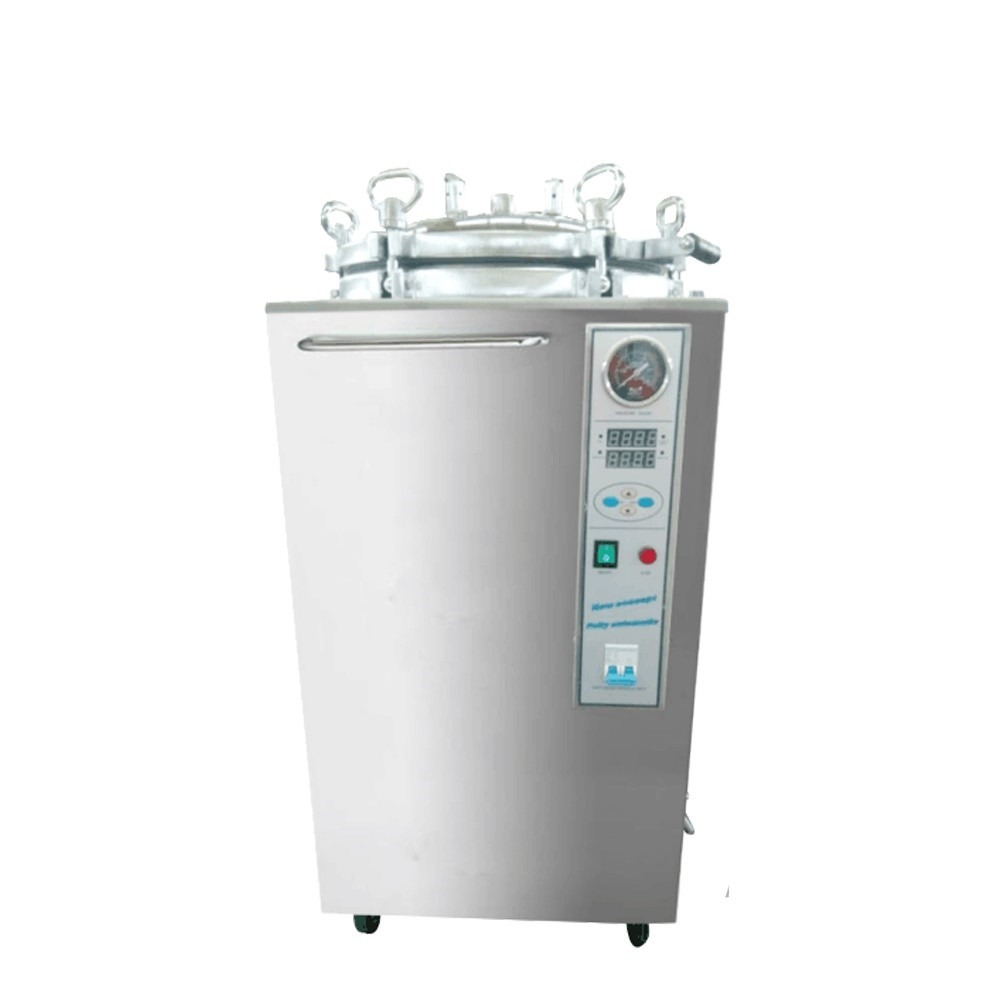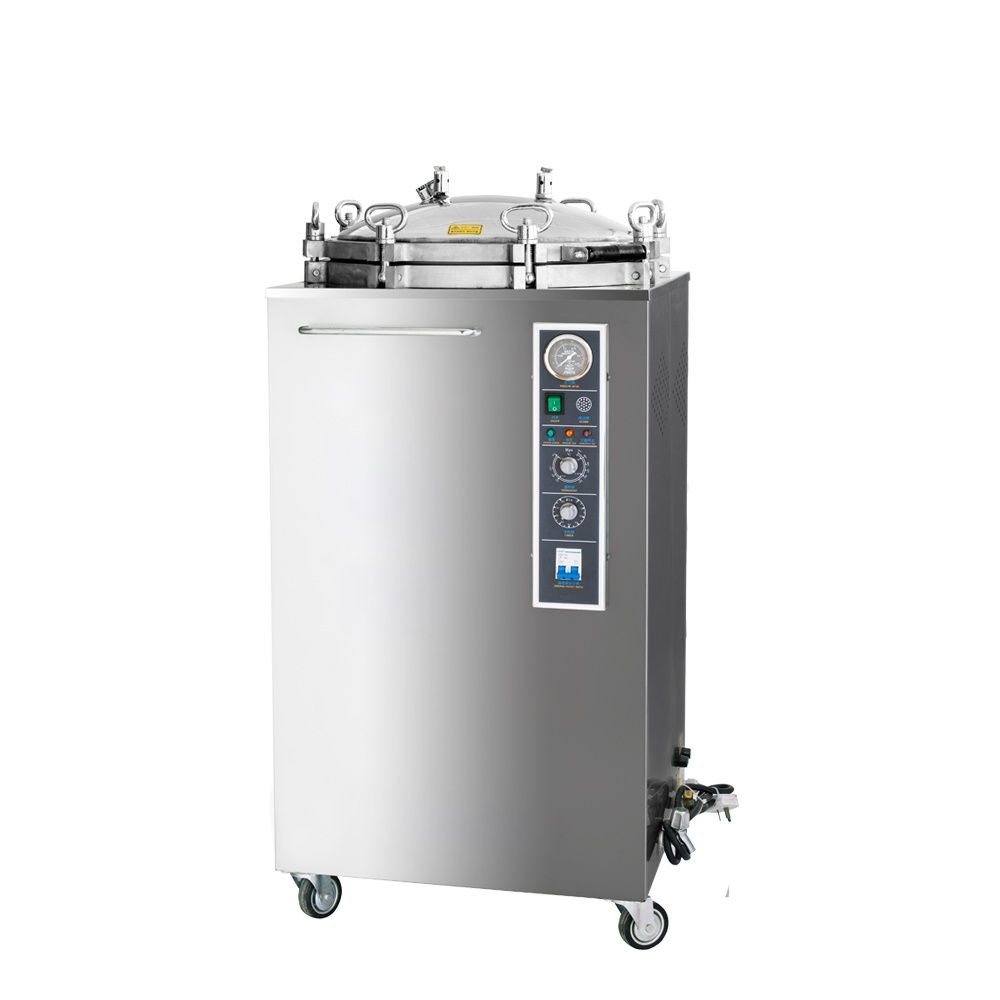Autoclave pressure refers to the amount of force exerted by the steam inside an autoclave chamber during the sterilization process. The pressure inside an autoclave is usually measured in pounds per square inch (psi) or in kilopascals (kPa). The pressure inside an autoclave can be controlled and adjusted to ensure that the contents of the chamber are effectively sterilized.
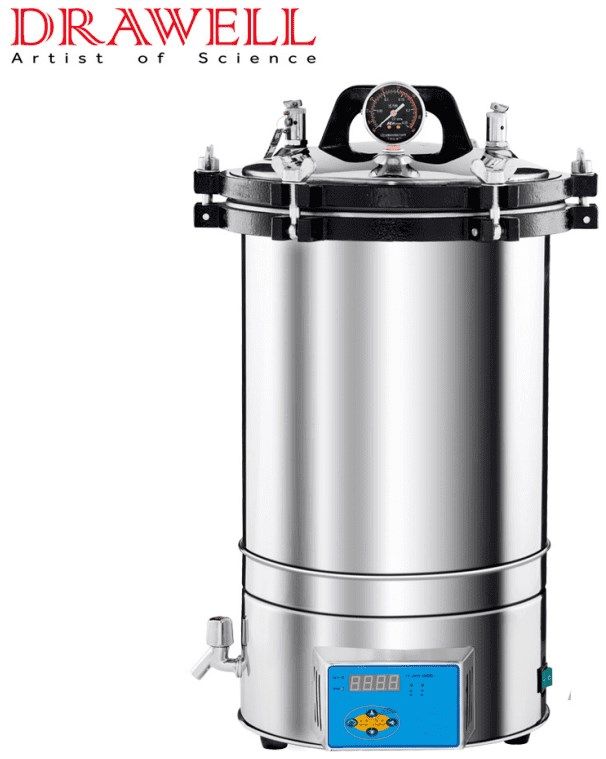
What Is the Typical Range of Pressure for an Autoclave Used in Laboratory Settings?
The typical range of pressure for an autoclave used in laboratory settings is between 15 and 30 psi (pounds per square inch), or between 1 and 2 atmospheres. The exact pressure range will depend on the specific model and application of the autoclave. It is important to follow the manufacturer’s instructions and recommended pressure range for proper and effective sterilization. Additionally, the pressure range may need to be adjusted based on the specific materials being sterilized and the desired sterilization outcome.
Can the Pressure in an Autoclave Be Adjusted During the Sterilization Cycle?
It is generally not recommended to adjust the pressure in an autoclave during the sterilization cycle, as doing so can disrupt the sterilization process and compromise the effectiveness of the sterilization. The pressure in an autoclave is typically set before the cycle begins and is based on the type of materials being sterilized, the desired sterilization outcome, and the manufacturer’s instructions.
However, some modern autoclaves are equipped with advanced features that allow for real-time monitoring of the pressure and temperature during the sterilization cycle and may even adjust the pressure or temperature automatically if necessary to ensure proper sterilization. These features are designed to optimize the sterilization process and ensure effective sterilization without the need for manual adjustments.
In any case, it is important to always follow the manufacturer’s instructions for operating the autoclave, including setting the appropriate pressure and not making adjustments during the sterilization cycle unless explicitly recommended by the manufacturer.
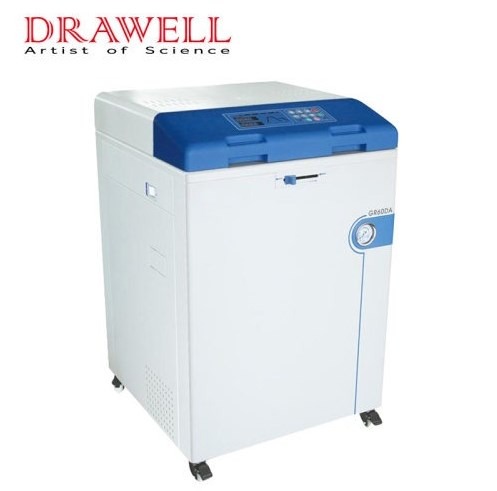
What is the minimum pressure required for effective sterilization?
The minimum pressure required for effective sterilization depends on a variety of factors, including the type of microorganisms being targeted, the type of materials being sterilized, and the desired level of sterility. However, in general, most autoclaves are designed to operate at a minimum pressure of around 15 psi (pounds per square inch) or 1 atmosphere. This pressure is typically sufficient to achieve sterilization for most laboratory applications.
It is important to note that other factors, such as temperature, time, and the presence of moisture, can also impact the effectiveness of sterilization. The sterilization cycle should be designed based on the specific materials being sterilized and the desired level of sterility and should follow the manufacturer’s instructions and recommended settings to ensure effective sterilization.
What Happens if the Pressure in an Autoclave is too High or too Low?
If the pressure in an autoclave is too high, it can result in a number of issues that can compromise the effectiveness of the sterilization process. For example, excessively high pressure can cause damage to the items being sterilized, and can also cause the sterilization medium (such as steam) to escape or become saturated, reducing its effectiveness. Additionally, high pressure can cause the temperature inside the autoclave to rise, which can also compromise the sterilization process.
If the pressure in an autoclave is too low, it can also result in inadequate sterilization, as pressure is an important component of the sterilization process. If the pressure is too low, the steam may not penetrate all areas of the items being sterilized, resulting in incomplete sterilization. This can lead to the survival of microorganisms and the potential for contamination.
In summary, it is important to ensure that the pressure in the autoclave is set to the appropriate level based on the materials being sterilized and the desired level of sterility. The pressure should be monitored throughout the sterilization process to ensure that it remains within the appropriate range.

